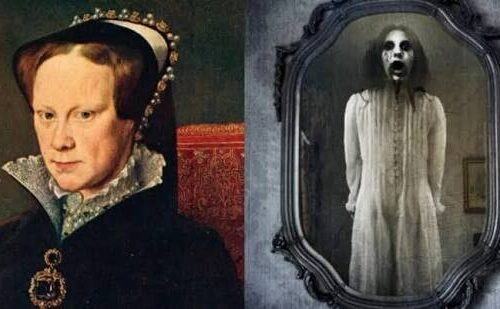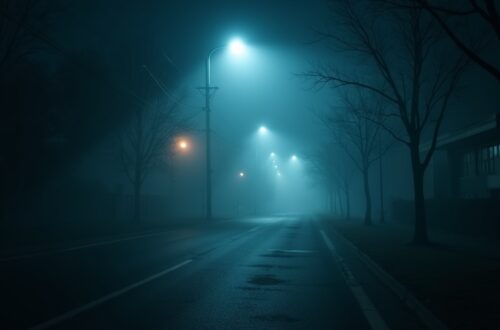La Llorona, or “The Weeping Woman,” is a Mexican folklore legend of a ghostly woman who wails by rivers and lakes searching for her lost children, often after drowning them in a fit of rage over her husband’s betrayal. While the legend’s specifics vary by region, she typically appears in a white dress with long, dark hair and is considered a cautionary tale for children and others, with warnings against misbehaving or venturing out after dark. Her origins are rooted in pre-Hispanic Mesoamerican culture and the early colonial period, with parallels to historical figures like La Malinche and even Greek myths.
You can watch this video to learn more about La Llorona’s origin and legend:

The Legend’s Core Story
A Tragic Past: The most common version of the story features a beautiful woman named Maria who is left by her husband for a woman of higher social standing.
An Act of Rage: In her grief and anger, Maria drowns her children in a river.
Eternal Punishment: Realizing her horrific act, she drowns herself and is cursed to wander the earth as a restless spirit, eternally searching for her children.
The Ghostly Figure: La Llorona appears as a weeping woman, often in a white, flowing dress, with long dark hair. Her haunting cries can be heard at night as she walks along riverbanks and bodies of water.
Cultural Significance and Variations
A Cautionary Tale: The legend serves as a common cautionary tale in Mexican and Latin American cultures, warning children to stay home before dark and behave.
Regional Variations: The story varies, with some versions depicting La Llorona kidnapping children, while others show her targeting men or anyone who crosses her path.
Historical and Mythological Roots: The legend likely has roots in 16th-century Spain and pre-Hispanic Mesoamerican beliefs, with connections to Aztec goddesses like Cihuacōātl.
La Malinche Connection: Some interpretations link her to La Malinche, an Indigenous woman who served as Cortés’s interpreter and mistress, and was sometimes said to have killed her own children after being betrayed.
The Modern Legend
Expanded Haunting Grounds: While initially tied to rivers, the legend has adapted to more modern settings, with La Llorona now said to appear on highways and other urban spaces.
A Symbol of Grief and Loss: La Llorona is seen by some as a symbol of the cultural and social pain of the Spanish conquest and the enduring grief of lost indigenous communities.
If you have any questions or comments, please leave them down below and I would be happy to help out.





